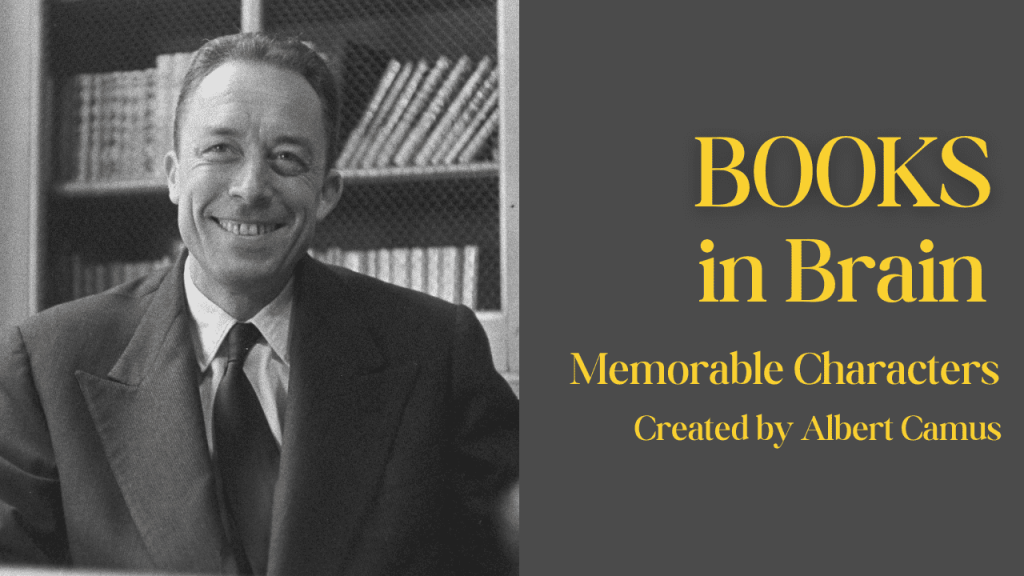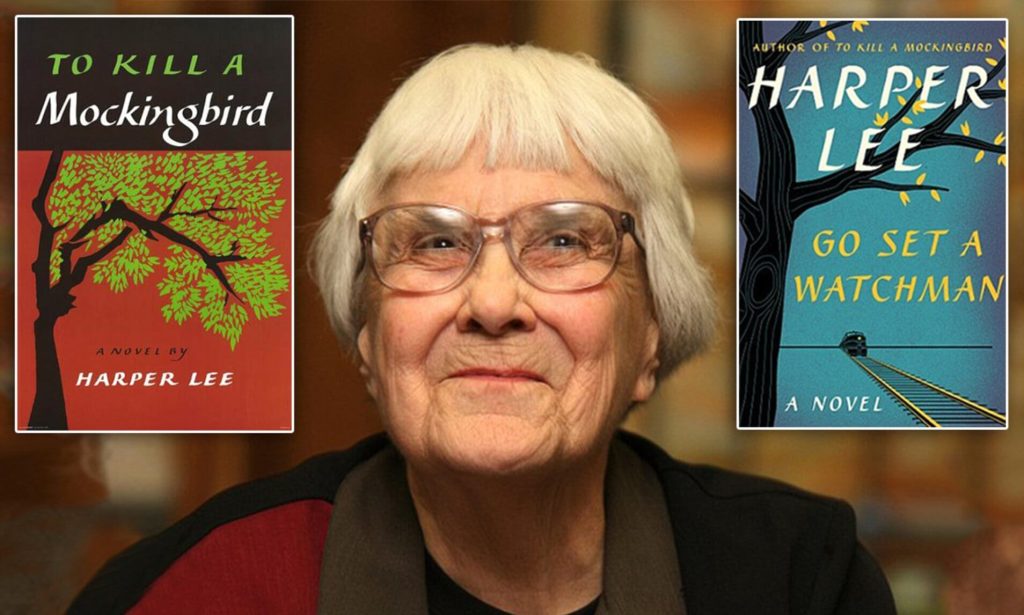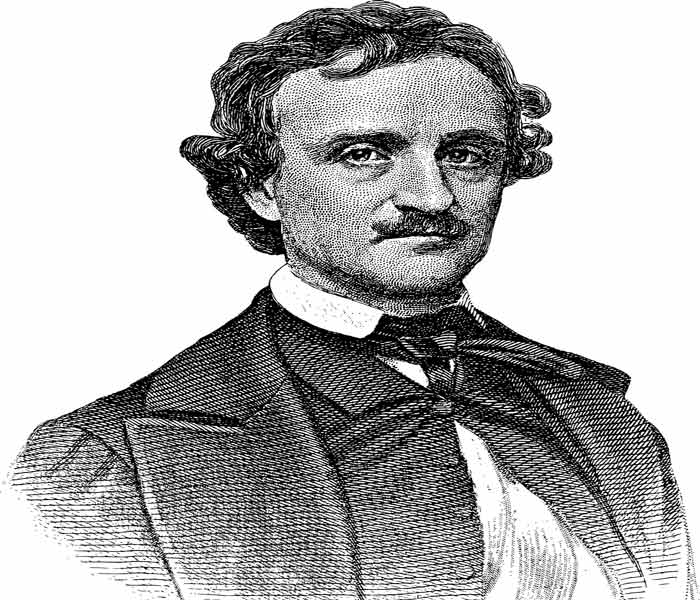Albert Camus (1913–1960) was a French-Algerian writer, philosopher, and journalist whose work profoundly influenced 20th-century thought. His full name was Albert Camus Jean-Albert. He gained fame for The Stranger, a novel exploring isolation and morality, and The Plague, which examines human resilience during a crisis. In 1957, Camus won the Nobel Prize in Literature for his significant contributions to modern literature and philosophy.

Albert had a gift for creating characters that stay with you long after you’ve finished his books. His characters often reflect his ideas on absurdity, freedom, and morality.
The 10 Best Memorable Characters Created by Albert Camus
Here are the ten most memorable figures Camus brought to life and the reasons that make them truly extraordinary.
1. Meursault (The Stranger)
Meursault is the main character in The Stranger. He is a man disconnected from the world around him. Meursault does not show emotions in situations where people expect him to, like at his mother’s funeral. His indifference shocks those who meet him and reveals his deep honesty. He refuses to lie or pretend, even when it costs him his freedom. Through Meursault, Camus explores living authentically in a world that often demands conformity. Readers are left questioning societal norms and the meaning of morality.
2. Clamence (The Fall)
Clamence is a former lawyer who narrates his story to a stranger in a confessional tone in Amsterdam. He describes his life of success and the guilt that followed when he failed to help someone in need. His confessions reveal his hypocrisy and force readers to consider their moral choices. Clamence’s sharp observations and self-awareness make him stand out. Clamence forces readers to confront their flaws and society’s double standards.
3. Dr. Bernard Rieux (The Plague)
Dr. Rieux is a compassionate and determined doctor fighting a deadly plague in Oran. He works tirelessly to save lives and document the suffering around him. Despite the overwhelming odds, he never gives up hope. Rieux’s actions represent resilience and the human capacity to endure in the face of despair. His character reminds readers of the importance of collective responsibility during crises.
4. Tarrou (The Plague)
Tarrou is a philosophical thinker who arrives in Oran just before the plague strikes. He quickly joins the efforts to fight the disease and reflects deeply on guilt and the meaning of life. Tarrou believes in taking action to improve the world, even if the results are uncertain. His thoughts on morality and activism add depth to the story and resonate with readers who question the role of individual responsibility. His philosophical insights and actions make him a character worth remembering.
5. Cottard (The Plague)
Cottard is a mysterious character who unusually reacts to the plague. Unlike others, he benefits from the chaos and becomes more comfortable as the situation worsens. His opportunism and fear of normalcy highlight how people respond to crises. Cottard’s actions challenge readers to think about morality in disaster and how personal gain can conflict with the greater good.
6. Patrice Mersault (A Happy Death)
Patrice Mersault is the protagonist in A Happy Death. He embarks on a journey to find happiness and freedom. Unlike Meursault in The Stranger, Patrice actively seeks a life of meaning. His quest for happiness leads him to question traditional ideas of success and fulfillment. Patrice’s journey provides insights into Camus’ early thoughts on existentialism and what it means to live a “happy” life.
7. Marie Cardona (The Stranger)
Marie is Meursault’s romantic partner in The Stranger. She is lively, optimistic, and enjoys the simple pleasures of life. Her optimism and love for Meursault contrast with his indifference. Marie’s presence brings warmth to the otherwise cold narrative filled with existential questions.
8. Jean-Baptiste (The Myth of Sisyphus)
Jean-Baptiste symbolizes Camus’ absurd hero. He represents the belief that life’s struggles are worth facing, even without a clear purpose. Jean-Baptiste accepts the challenges of life with resilience and determination. Through this character, Camus illustrates the philosophy of embracing the absurd and finding joy in the effort.
9. Janine (The Adulterous Woman)
Janine is a woman trapped in a monotonous life with her husband. During a trip to the desert, she experiences a profound awakening. The vast, open landscape makes her feel alive and free, stirring emotions she had long suppressed. Janine’s story reflects the themes of longing and the possibility of transformation. Her character resonated with anyone confined by routine and yearning for something more.
10. Daru (The Guest)
Daru is a schoolteacher living in a remote region of Algeria. When tasked with delivering an Arab prisoner to the authorities, he faces a moral dilemma. He chooses to leave the decision to the prisoner, valuing freedom over duty. His struggle reflects Camus’ themes of personal responsibility and the complexities of moral choices. Daru’s quiet strength and respect for human dignity make him iconic.
Conclusion
Albert Camus’s characters stand out for their raw honesty and deep reflection. Meursault from The Stranger shows us what it means to live truthfully, no matter the cost. Dr. Rieux in The Plague teaches us the importance of fighting for others, even when hope fades. Each of the ten characters we discussed offers a different look at human nature. They remind us that our choices still matter even when life feels meaningless. Camus’s stories push us to think, question, and understand what being human means.


